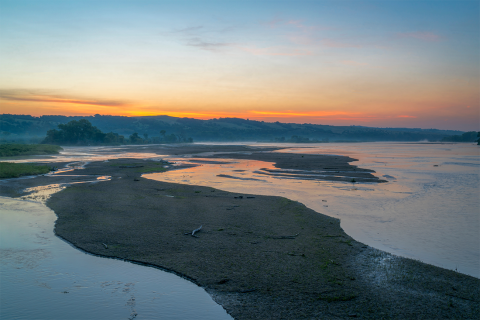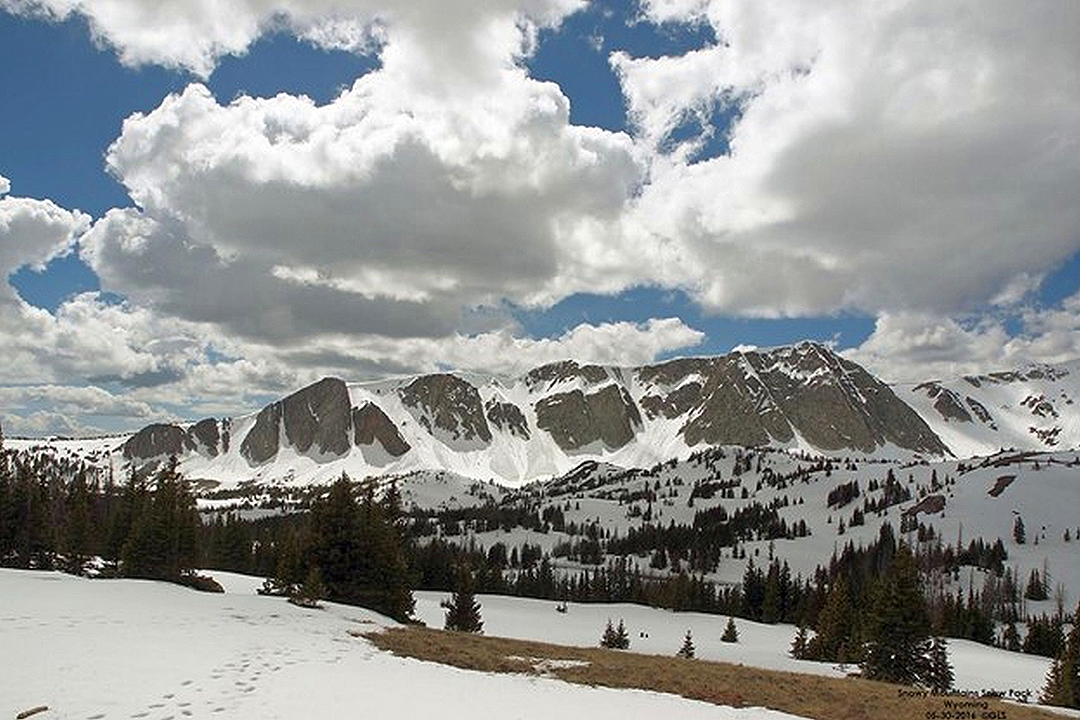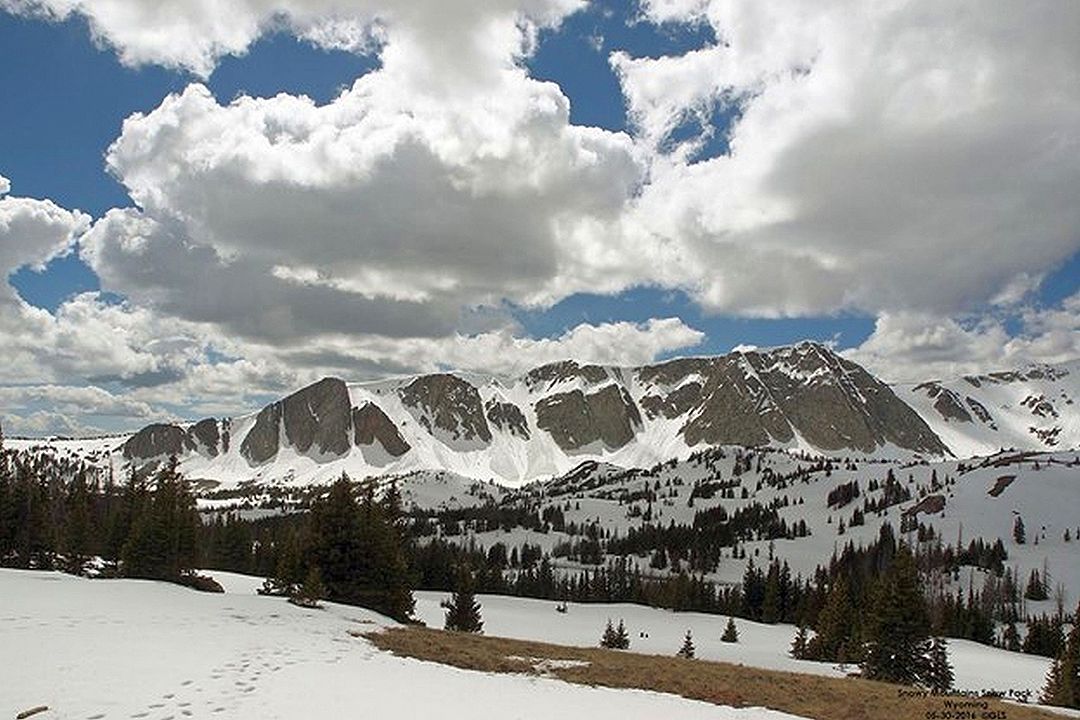Surface Water
Lakes, Ponds & Streams
Lakes, Ponds & Streams
Water quality protection practices properly implemented on the landscape can reduce or eliminate overland runoff water. Pollutants associated with that runoff water will enter lakes, ponds and streams.
Sign up for updates from UNL Water


